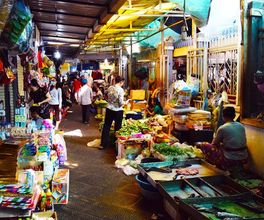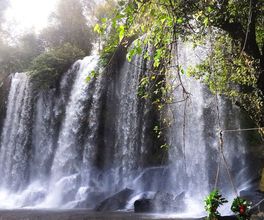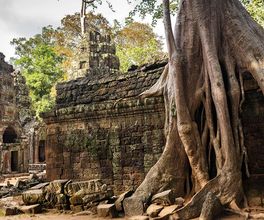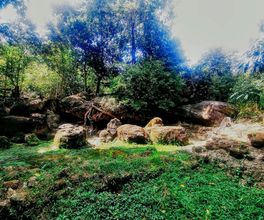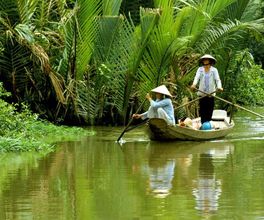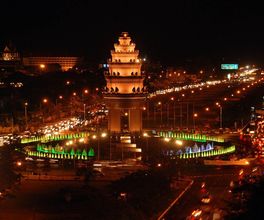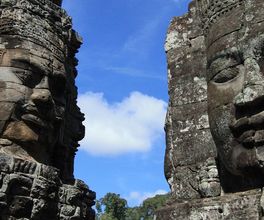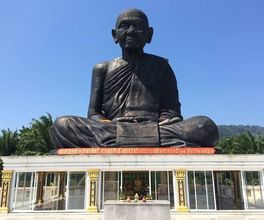




About this experience
Embark on a journey to one of the settlements on the largest freshwater lake in Southeast Asia. Along the way, I will tell you about its significance in the history of the Khmers, comparable to the role of the Nile in the history of Egypt. As well as the amazing and often shocking life and traditions of the local residents, who have long adapted to the huge fluctuations in water levels.
What to expect
"Inner sea" of Cambodia
Mighty ancient civilizations developed in the valleys of large rivers. The capital region of Angkor grew near the largest freshwater lake in Southeast Asia - Tonle Sap, which locals call the great or "inner sea" of Cambodia. You will hear about its role in the history of the Khmers, and the reasons why this land is the most fertile in the entire region. As well as about the fish granary of the country and the main transport route - the main artery of Cambodia until the middle of the last century.
Life of people in lake settlements
To better understand the efforts it took for residents to adapt to local conditions, you will learn about natural features. In particular, we will talk about the alternation of rainy seasons with dry periods and the associated fluctuations in water levels in the lake. I will tell you about the traditional population of Tonle Sap - fishermen. And, of course, about the dwellings, which are adapted to be built on very high piles or in the form of floating houses. You will also learn about other aspects of life and traditions of the people - how weddings are celebrated in lake villages, other holidays are observed, and funerals are arranged. What the decoration of the house looks like, what the Khmers especially love, and how children are raised. As well as about the simple village cuisine and the famous fish paste prohok.
One of the picturesque villages to choose from
I will offer three options for visiting different settlements, from which you will need to choose one.
1. Floating village of Vietnamese refugees Chong Knies. The trip will take ~3-3.5 hours (20 minutes from the city to the pier).
2. Kampong Pluk Village. Here, houses mostly stand on huge stilts. During the high water season, you will be able to canoe through the flooded mangrove forest. The trip will take 4 hours (40 minutes from the city to the pier).
3. Kampong Kleang. The most remote, non-touristic, and authentic village where travelers - guests are rare. Here you will see simple friendly Cambodian peasants, with floating houses and on stilts. The trip will take 4-5 hours (1 hour 30 minutes from the city to the pier).
Organizational details
What is included in the price, and what is not
- The cost is indicated for the nearest Chong Knies village. A trip to Kampong Pluk or Kampong Kleang costs $50 more.
- The price includes entrance tickets, transport, rental of a large boat to the village, drinking water
- Additional fees: a walk through the mangrove thickets on a small canoe in Kampong Pluk $5/person, pocket expenses
